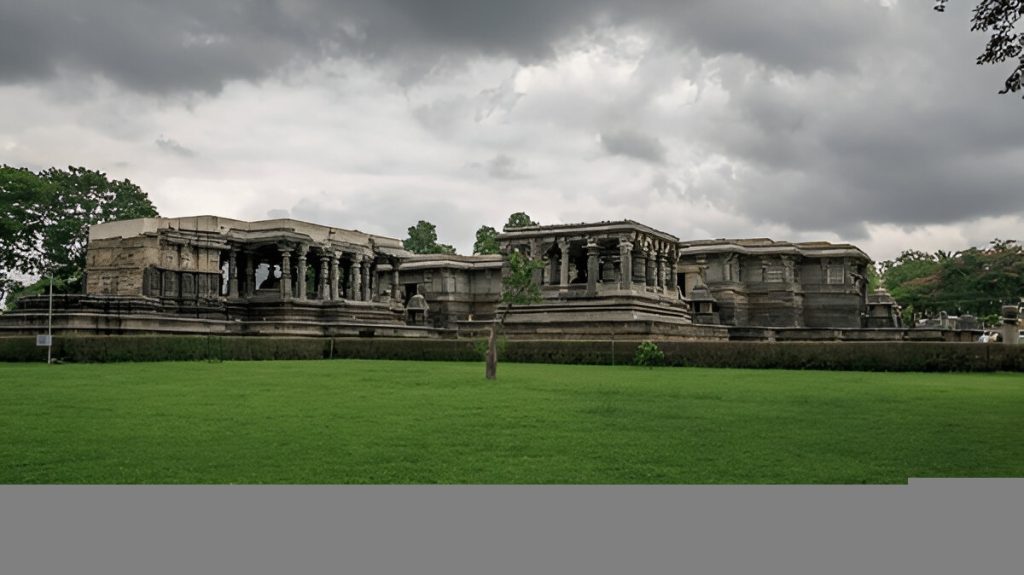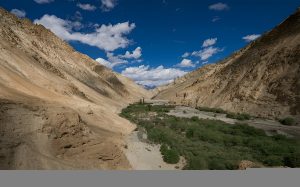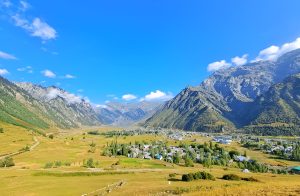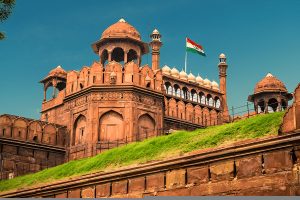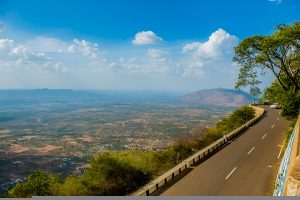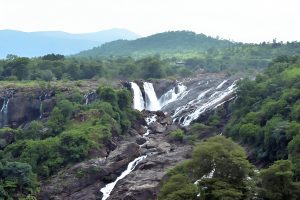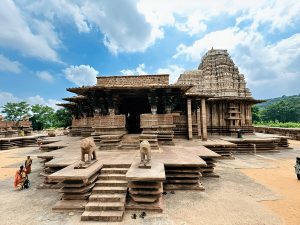Nestled deep within the heart of Karnataka, Belur and Halebidu are two off-beat jewels that will leave even the most travelled tourist, historian, or lover of architecture simply spellbound. These twin settlements, merely 16 km away from each other, boast some of the finest specimens of Hoysala temple architecture dating as far back as the 12th century. Contrary to the imposing South Indian gopurams, the temples at these places are all about stone carvings, delicate detail, and majestic star-shaped platforms.
Belur – The Beauty in Stone
Known as the “Vaikuntha on Earth”, Belur’s crown jewel is the Chennakesava Temple, built in 1117 CE by King Vishnuvardhana of the Hoysala dynasty. It was built to celebrate his victory over the Cholas and took over a century to complete.
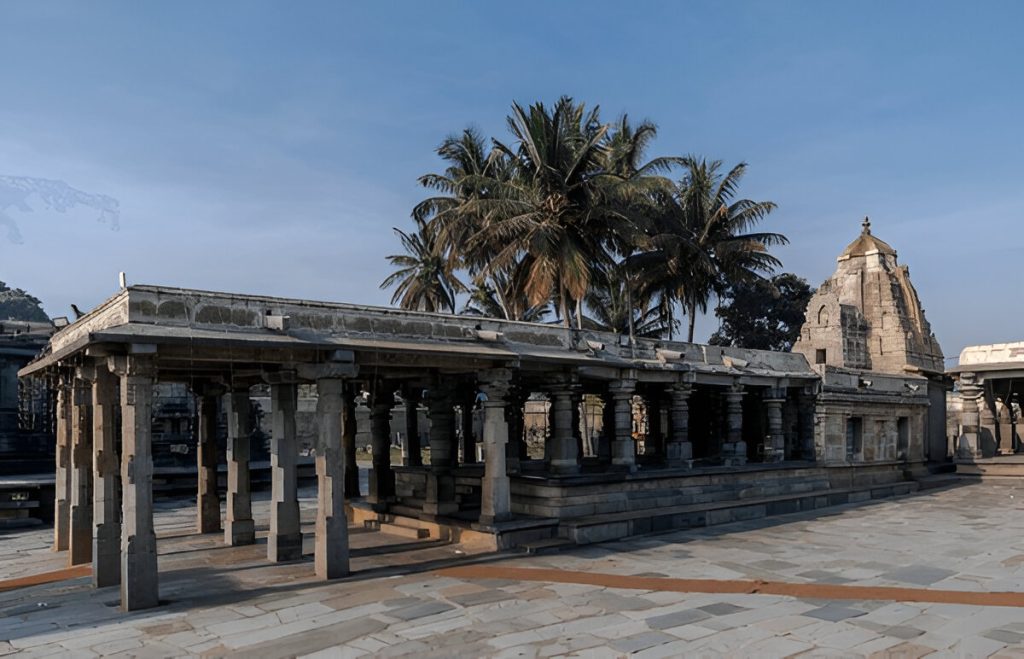
Key Features:
Star-Shaped Platform: The temple is built on a jagati (elevated platform) in a stellate (star-shaped) form—a hallmark of Hoysala architecture. It’s both practical and beautiful, enabling devotees to do pradakshina (circumambulation) with ease.
Intricate Sculptures: The outer walls are covered with thousands of intricate carvings of Hindu deities, goddesses, dancers, animals, and epic scenes like the Ramayana and Mahabharata. No two sculptures are identical!
Madanikas (Bracket Figures): On and under the ceilings, see the beautiful Madanikas—lithe heavenly maidens in fluid positions, intricately carved with surprising level of detail, even displaying intricate jewelry and hairstyles.
Soapstone Magic: With soft chloritic schist (soapstone), sculptures were carved while the stone was pliable and became hard over time, not losing the detail for centuries.
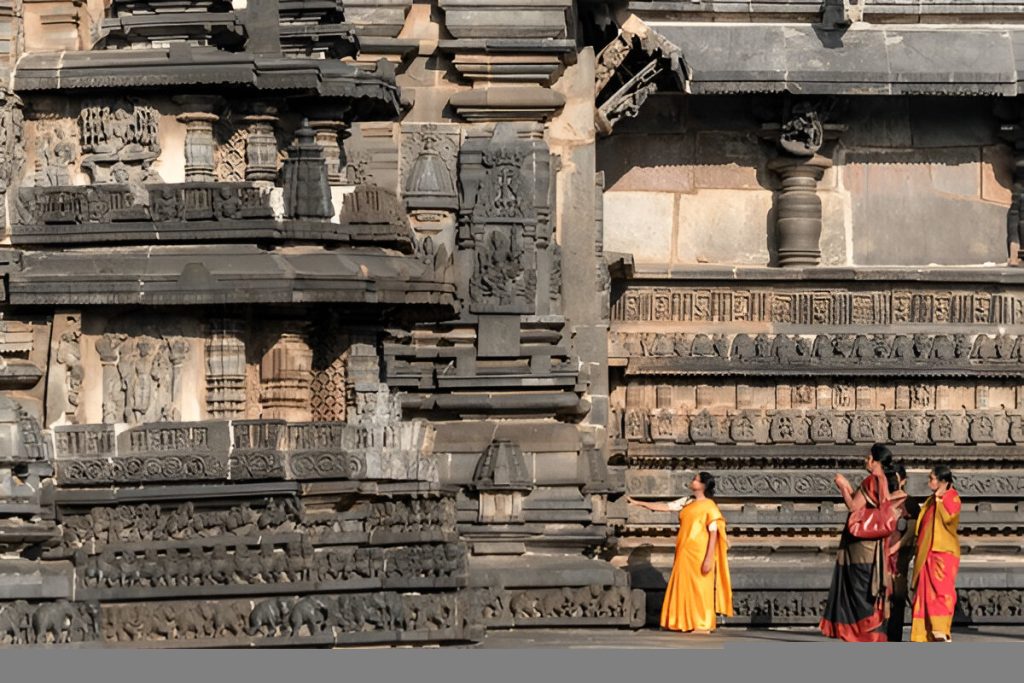
Halebidu – The Eternal Capital in Ruins
Just a short drive away is Halebidu, once known as Dwarasamudra, the regal capital of the Hoysalas. It was destroyed twice by invaders in the 14th century, but its temples still stand with proud elegance.

Key Highlights:
- Hoysaleswara Temple: Dedicated to Lord Shiva, this temple is larger than the one in Belur and features two sanctums (twin shrines)—for Hoysaleswara and Shantaleswara (named after the king and his queen).
- Frieze Detailing: The outer walls are a gallery of miniature masterpieces. There are horizontal friezes of elephants, lions, horses, mythological scenes, dancing figures, and floral motifs—each layer tells a story, stacked like stone lace.
- Life-like Precision: Look closely and you’ll see dancers mid-twirl, warriors in battle, and gods in moments of divinity—all with precise expressions and movement frozen in stone.
- Nandi Pavilion: The temple complex houses a massive, beautifully carved statue of Nandi (Shiva’s bull), made from a single stone and polished to a smooth, almost metallic finish.
Best Time to Visit
The best months to visit Belur and Halebidu are between October and March when the weather is mild. Visit early mornings or weekdays to miss the crowds and take in the soft sunlight that falls on the sculptures—ideal for photography and tranquil contemplation.
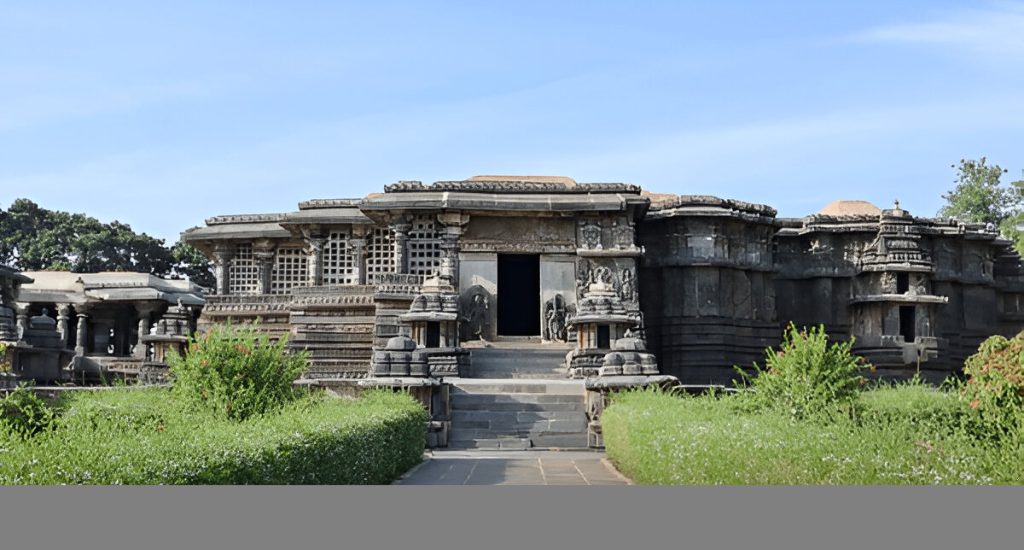
Final Thoughts
Belur and Halebidu may not be Hampi or Khajuraho famous, but they are Indian temple architecture masterpieces. They narrate stories not merely in stone, but in emotion, elegance, and craftsmanship that cannot be vanquished by time. Visiting here is like entering a living museum of faith, beauty, and heritage.

